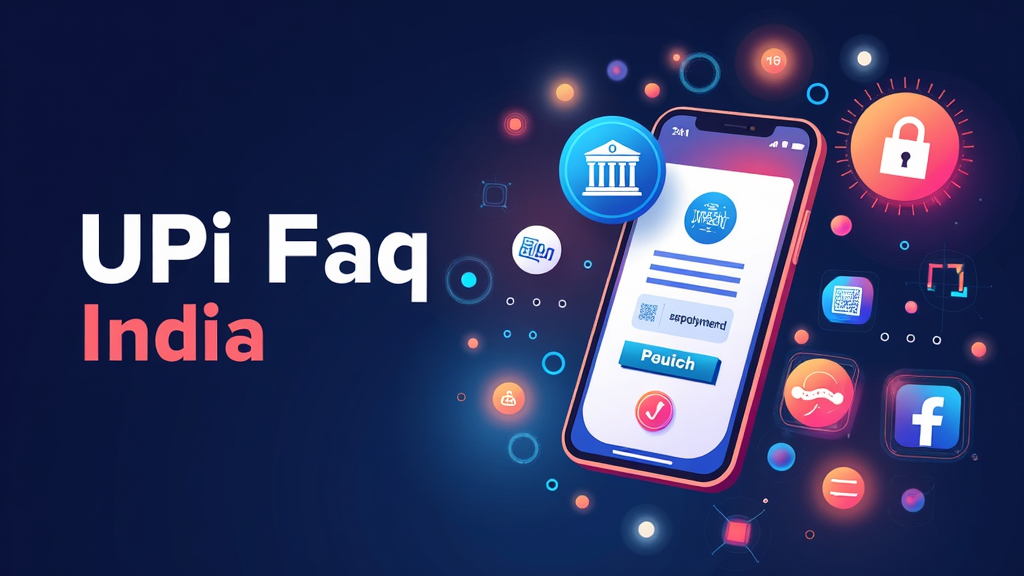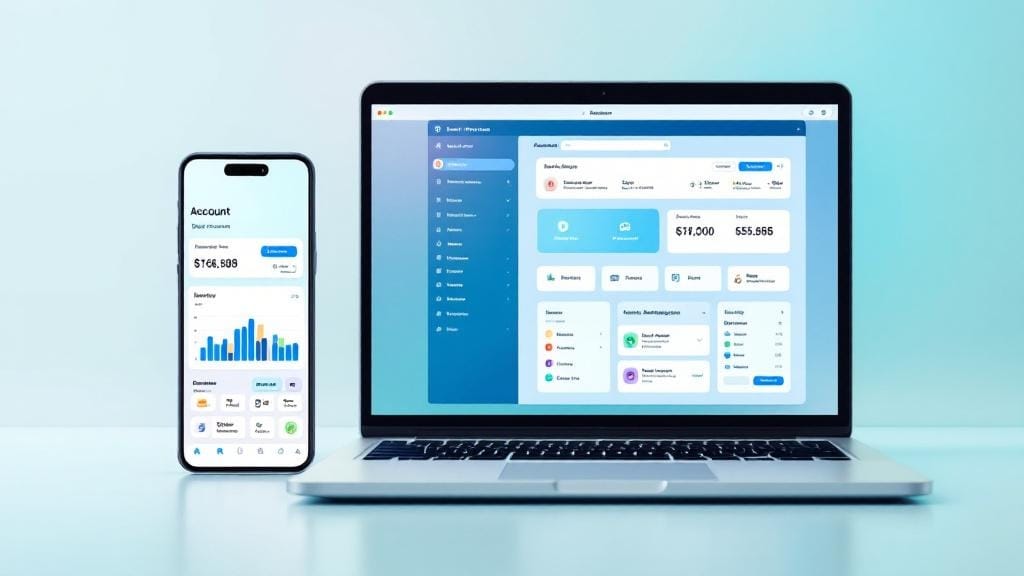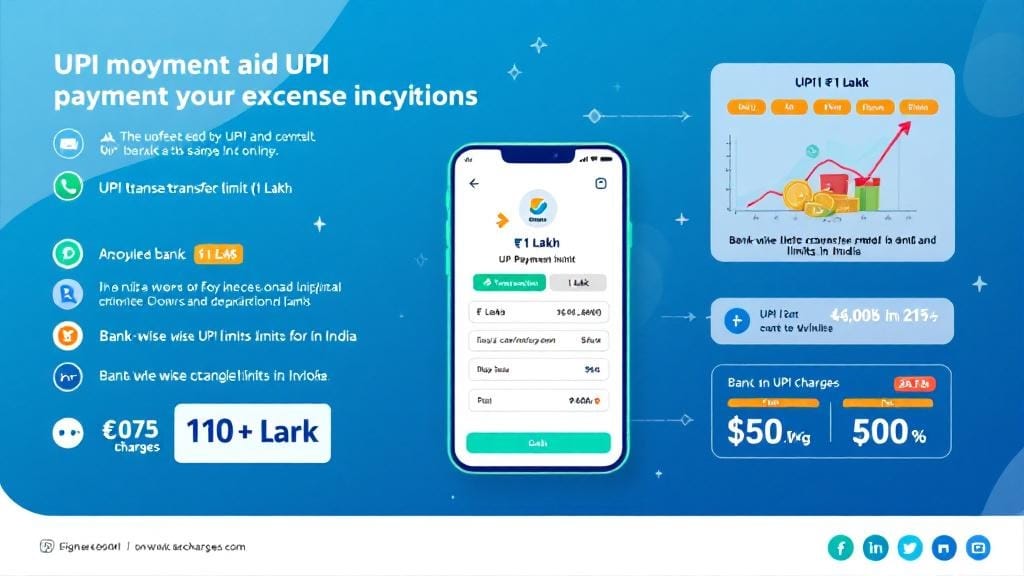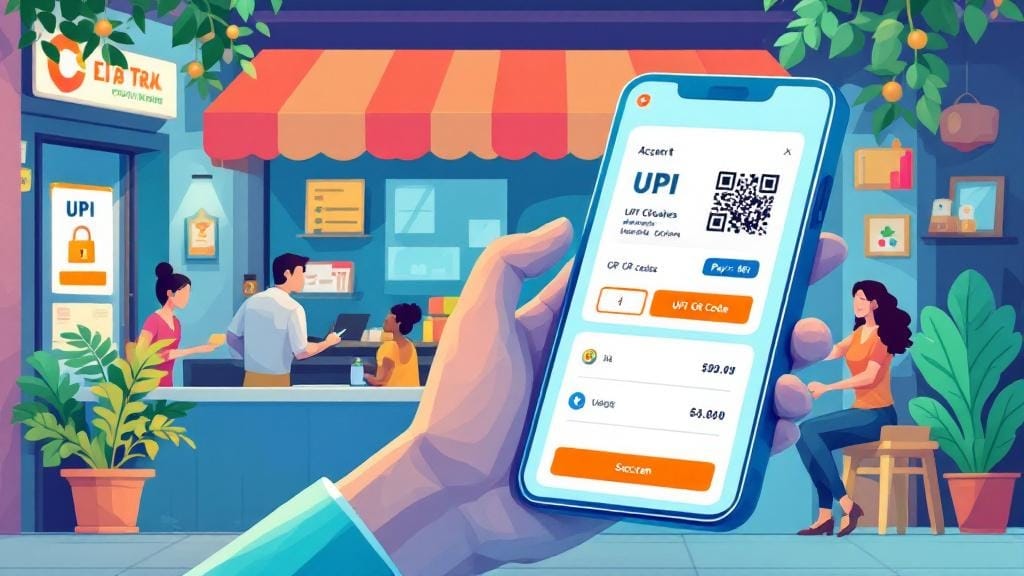In recent years, Unified Payments Interface (UPI) has revolutionized digital payments in India. UPI is now a preferred method of transaction for millions of users, offering a simple, fast, and secure way to transfer money using mobile phones. Whether you’re a tech enthusiast or just someone looking to understand how UPI works, this blog will answer the most frequently asked questions about UPI in India. By the end, you’ll be fully informed on everything from UPI IDs to security features, and even UPI’s future in rural India!
What is UPI?
Unified Payments Interface (UPI) is a mobile-based payment system that allows users to transfer money in real-time between two bank accounts. Launched by the National Payments Corporation of India (NPCI), UPI has become one of the most popular digital payment systems in the country.
UPI’s core strength lies in its simplicity. It enables users to transfer funds, pay bills, make online purchases, and even send money to friends and family—all with just a few taps on their smartphone. And the best part? It works 24/7, including weekends and holidays.
UPI FAQs India
Let’s dive into some of the most common questions about UPI, from its functionality to its security features and everything in between.
1. What is the Meaning of UPI ID?
UPI ID is a unique identifier that is used to send and receive money via UPI. It’s similar to an email address but is specifically for transactions. For example, it might look something like: yourname@bank. When you share your UPI ID, others can use it to send money directly to your account.
How to create your UPI ID?
Creating a UPI ID is easy and can be done using any UPI-enabled app, such as Google Pay, PhonePe, or Paytm. You just need to link your bank account, choose a UPI ID, and set up a UPI PIN for security.
2. Is UPI Free in India?
Yes, UPI transactions are free in India for most users. Both sending and receiving money via UPI is typically free, but some banks might charge for certain services. For example, large transactions or repeated failed transactions may incur a fee. Always check with your bank’s policies regarding any charges for UPI transactions.
3. What is the UPI Daily Limit for Transactions?
Each bank sets its own UPI daily transaction limit, which can vary between banks and even between different types of accounts. For example:
SBI (State Bank of India): UPI transaction limit is ₹1,00,000 per day.
ICICI Bank: UPI limit is ₹2,00,000 per day.
HDFC Bank: UPI limit is ₹1,00,000 per day.
These limits apply to the total amount that can be transferred in a day, including peer-to-peer (P2P) transactions, bill payments, and merchant transactions. If you need to increase your limit, you may be able to request an upgrade through your bank’s mobile app or customer service.
4. What Happens If My UPI Transaction Fails?
A failed UPI transaction can be frustrating, but don’t worry, it happens to everyone at some point. Here are a few common reasons why a UPI transaction might fail:
Insufficient balance in the sender’s account.
Incorrect UPI PIN entered.
Bank server issues or maintenance.
Network issues or connectivity problems.
If your transaction fails, don’t panic. The money is usually not lost. You can retry the transaction. If the amount is debited from your account without reaching the recipient, it will typically be reversed within a few hours or a day.
5. Can I Use UPI for International Transactions?
Currently, UPI for international transactions is not widely supported. However, in 2021, NPCI started piloting cross-border payments through UPI in select countries like Singapore. This means that in the future, UPI may allow international transactions in more countries, making it even easier for Indians living abroad to send money home.
6. How Secure is UPI?
Security is a top priority for UPI, and it comes with several robust security features to protect users:
Two-Factor Authentication (2FA): Every transaction requires a UPI PIN, which is set up by the user. This ensures that only the account holder can authorize payments.
Encryption: UPI transactions are encrypted to protect sensitive information.
Fraud Detection Systems: Banks and NPCI constantly monitor transactions for any suspicious activity.
Always be cautious and follow basic security practices, such as never sharing your UPI PIN with anyone and using trusted apps for UPI payments.
7. What Are the Best UPI Apps in India?
There are numerous UPI-enabled apps available for users in India. The most popular ones include:
Google Pay: A highly trusted platform for UPI payments and digital wallet services.
PhonePe: A widely used app with features such as bill payments, mobile recharges, and UPI transfers.
Paytm: A popular app that also allows UPI payments, recharges, and various shopping services.
Amazon Pay: Amazon’s payment platform that integrates with UPI for fast, secure payments.
These apps offer different features and rewards, but all support secure UPI transactions.
8. How Has UPI Changed Digital Payments in Rural India?
UPI has played a significant role in expanding digital payments in rural India. It has made it easier for people in rural areas to access financial services, especially those who didn’t previously have easy access to banking infrastructure.
Here are some ways UPI is helping rural India:
Increased Financial Inclusion: UPI has allowed farmers, artisans, and small business owners in rural areas to accept digital payments and make online transactions.
Simple Interface: UPI apps are user-friendly and available in regional languages, making them more accessible for non-tech-savvy individuals.
Direct Benefit Transfers: UPI enables government schemes and subsidies to be directly transferred to citizens’ bank accounts in rural areas, ensuring timely and hassle-free payments.
Key Features of UPI to Ensure Secure Transactions
1. UPI PIN: Each user must set a unique UPI PIN, which is required to authorize payments. This adds an extra layer of security.
2. QR Code Payments: UPI supports payments via QR codes, which makes transactions more secure and eliminates the need to share bank details.
3. Instant Notifications: After every transaction, users receive instant notifications, providing full transparency and ensuring they are aware of any unusual activity.
4. Fraud Prevention: Banks implement multiple fraud detection mechanisms to identify and prevent fraudulent transactions in real-time.
FAQs on UPI in India
1. How does UPI work for bill payments?
UPI simplifies bill payments. Simply open a UPI-enabled app, select the “Bill Payments” option, and enter the required details. You can pay utility bills, DTH charges, and even taxes using UPI.
2. Can I use UPI for online shopping?
Yes, many e-commerce platforms allow payments through UPI. You can select UPI as a payment method at checkout, enter your UPI ID, and authorize the payment using your UPI PIN.
3. Is there a minimum amount for UPI transactions?
There is no minimum amount required for a UPI transaction. You can transfer as little as ₹1, making it highly convenient for small payments.
4. What should I do if I forget my UPI PIN?
If you forget your UPI PIN, you can reset it using your bank’s mobile app. Just follow the steps to verify your identity and set a new PIN.
5. Can I use UPI without a bank account?
No, you need to link a bank account to a UPI-enabled app to use UPI. However, once linked, you can make transactions 24/7 with ease.
Conclusion
Unified Payments Interface (UPI) has truly transformed the way India handles digital payments. It offers convenience, speed, and security, making it a popular choice among users for everything from personal transfers to bill payments and online shopping.
If you were unsure about UPI before, we hope these UPI FAQs in India have cleared up any doubts. From understanding UPI IDs to learning about transaction limits and security features, you’re now well-equipped to make the most of UPI in your everyday life. Whether you’re a first-time user or someone who’s been using UPI for years, there’s always more to discover about this incredible payment system!
Is there a specific section you’d like to explore further, or do you need more information about UPI in India?








Comments (0)